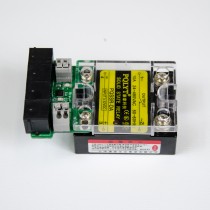yep i could but i figured there may be only minor changes that might be easier to upgrade.terragady said:Can't you just install it from scratch again? 2.2 doesnt not meant to be for brewing yet, just for development from what he says.
It is not ready for brewing but the bulk of it works well and is a large improvement on v2.1.







